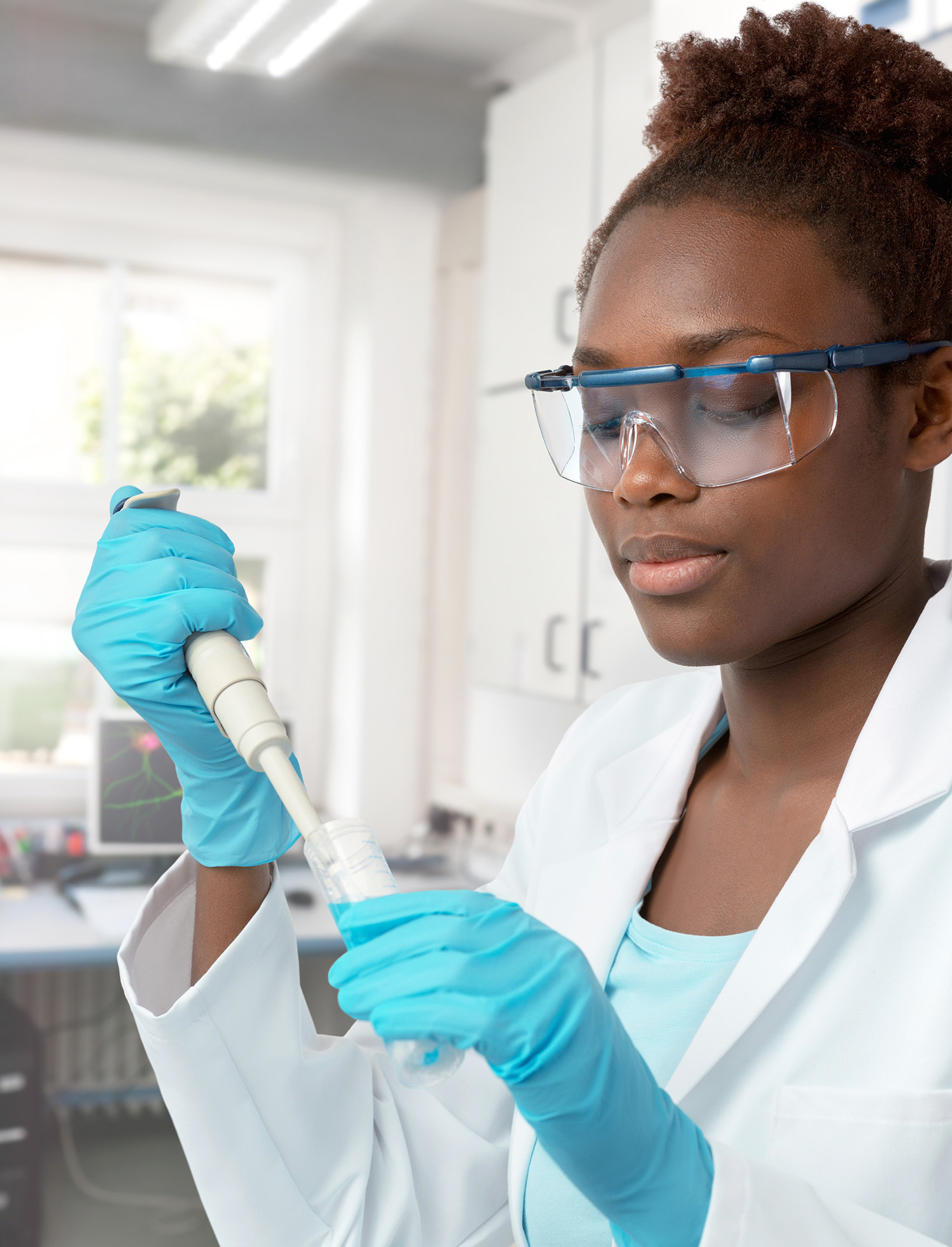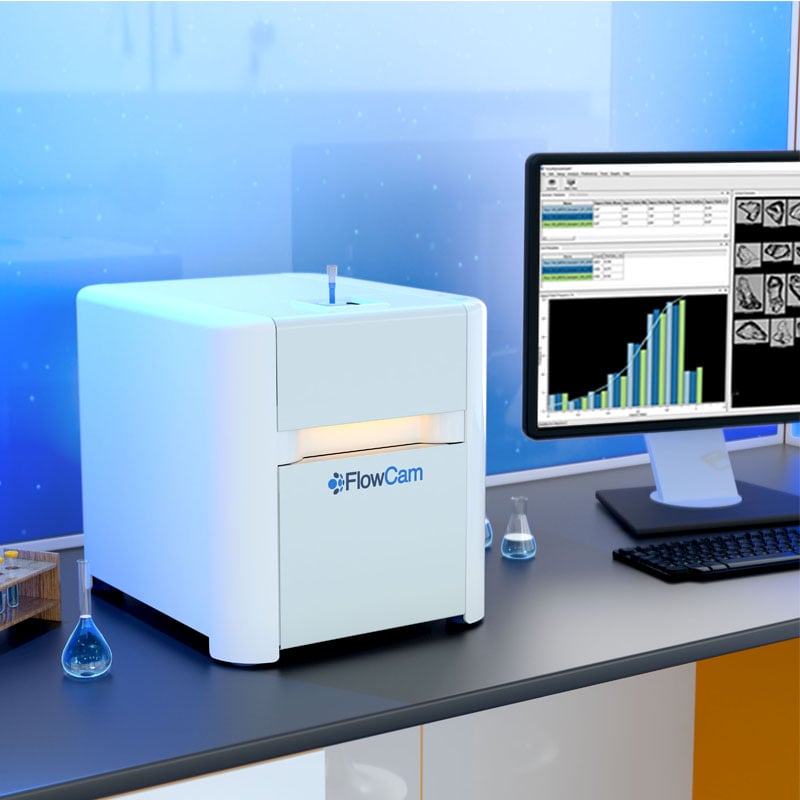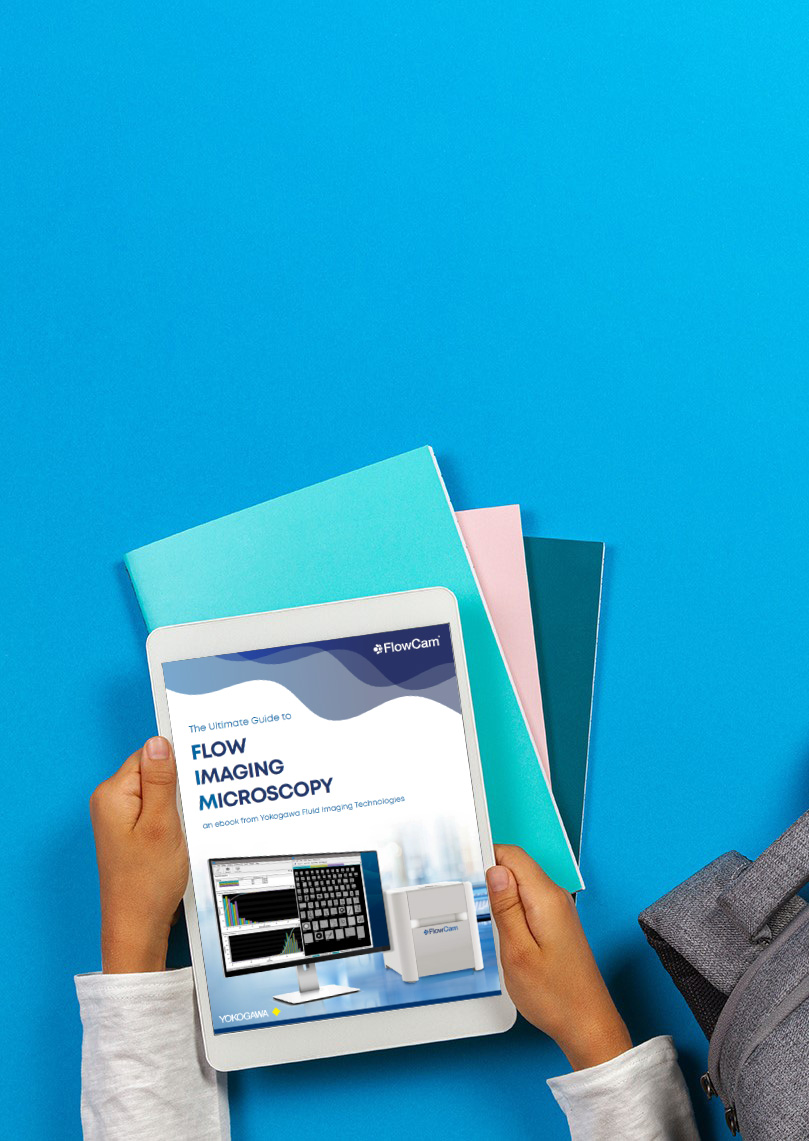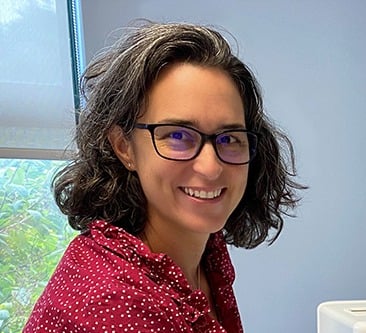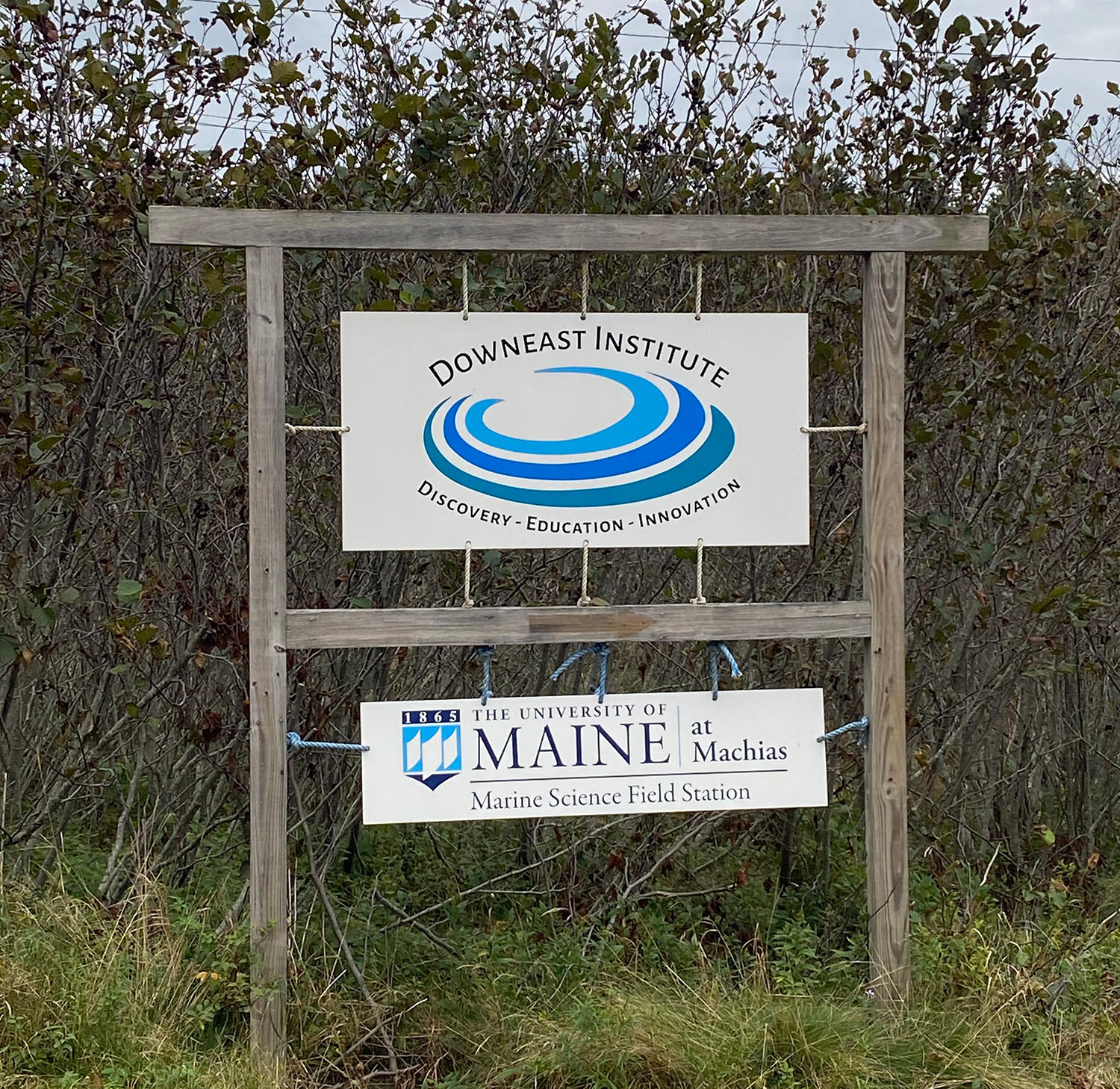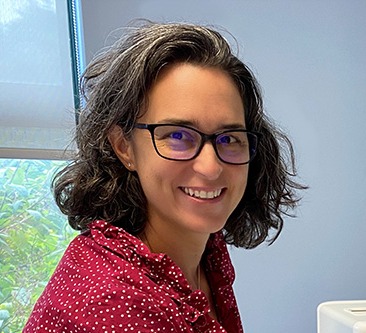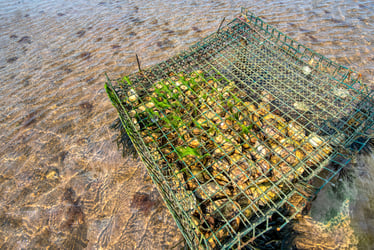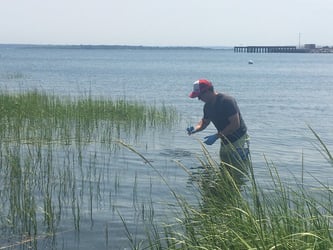FlowCam Brings Automation to Shellfish Research Hatcheries
Nestled ashore at Black Duck Cove on Great Wass Island, the Downeast Institute for Applied Marine Research and Education (DEI) is Maine’s full-service seawater laboratory and research hatchery for shellfish production. The easternmost marine research laboratory in the US is actively generating new marine ecosystem knowledge and bringing innovative approaches to wild and cultured fisheries throughout coastal Maine and beyond.
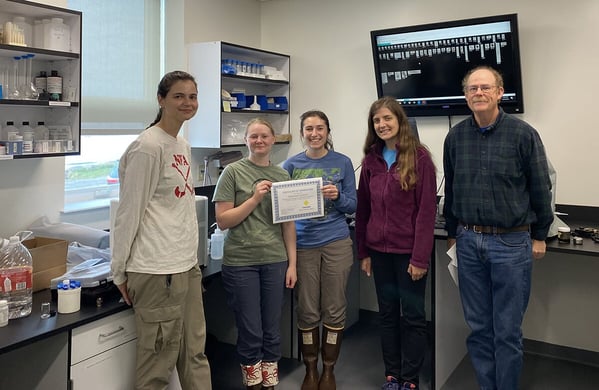 In 2022, Dr. Brian Beal, director of research at DEI and professor of marine ecology at the University of Maine at Machias, was awarded the FlowCam Aquatic Research Grant, which enabled him to apply high-throughput analysis to his shellfish research.
In 2022, Dr. Brian Beal, director of research at DEI and professor of marine ecology at the University of Maine at Machias, was awarded the FlowCam Aquatic Research Grant, which enabled him to apply high-throughput analysis to his shellfish research.
After being granted the use of FlowCam for their research, DEI procured funding to acquire its own FlowCam, allowing for the continuation of this important work
Using FlowCam, Dr. Beal and his team were able to advance their study of bivalve and other molluscan larvae, as well as eggs from bivalve species. FlowCam proved to be instrumental to their research workflow, considerably reducing the time it takes to size and count eggs spawned from over 70 animals at a time – a process that was incredibly tedious and time-consuming when done with manual microscopy.
Pictured above: Dr. Brian Beal (right) and his team upon completing FlowCam training.
Analyze Phytoplankton and Shellfish Larvae with the Same Instrument
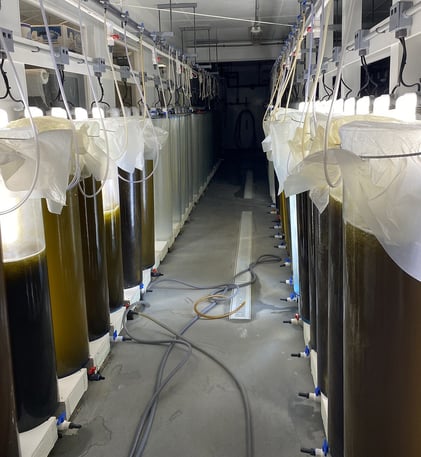 Today, Beal’s team continues to expand their shellfish research using their newly purchased FlowCam 8400. Equipped with the ability to rapidly screen and analyze eggs and algae used in their cultured fisheries, Dr. Beal and his team are excited to also use FlowCam to track efficiencies of bivalve phytoplankton consumption.
Today, Beal’s team continues to expand their shellfish research using their newly purchased FlowCam 8400. Equipped with the ability to rapidly screen and analyze eggs and algae used in their cultured fisheries, Dr. Beal and his team are excited to also use FlowCam to track efficiencies of bivalve phytoplankton consumption.
The research hatchery at DEI houses a completely closed microalgae culture system (pictured right) that is designed to grow phytoplankton cultures in controlled light and nutrient conditions before directly feeding into specific shellfish stock tanks. FlowCam will be used to monitor how efficiently various shellfish species develop in the hatchery. This will inform the DEI team's strategies for developing grow-out aquaculture technologies for clam and mussel species. FlowCam data that correlate clam sizes with egg production, for example, provide a metric that can be used to define when clams should and should not be harvested from wild fisheries for stock protection and enhancement.

Pictured left: Clams spawning in the DEI lab.
Core to DEI’s mission is to serve as an educational and entrepreneurial resource for the people of coastal Maine and beyond. Having FlowCam added to their state-of-the-art marine science field station offers further research opportunities for students and scientists visiting the lab. It supports restoration ecology efforts aimed at implementing sustainable uses of marine resources.
Download: FlowCam for Shellfish Aquaculture
Hands-On with FlowCam: A Research Assistant’s Experience
We recently connected with Tessa Houston, one of Dr. Beals' research assistants, who worked with FlowCam during the summer of 2023. She spoke with us about how DEI uses FlowCam to advance its shellfish research.
FlowCam: Has FlowCam improved your research and workflow? If so, how?
Tessa: FlowCam has definitely improved our workflow. We created an efficient process for running samples and sizing the eggs, which is usually the slowest part of our process. To have an instrument that can count and size the eggs for us was such a time saver! The post-spawning analysis was so much easier with FlowCam. We used to spend hours looking at the microscope, analyzing upwards of 30 samples (10-15 minutes per sample). With FlowCam, this process took us 4 minutes per sample. (Pictured here: clam eggs imaged by FlowCam, measuring approximately 60-75µm)
For students and interns, it was a great experience to access FlowCam technology and learn about creating research protocols and setting up experiments. We saved hours of time in the post-process analysis.
FlowCam: Are there any training tools or resources you particularly liked or wished you had?
Tessa: The training was great and thorough. The online training with FlowCam University was especially helpful for me. Given my busy schedule, FlowCam University was an important resource to refer back to when I had more time.
FlowCam: What do you see is the single biggest advantage of FlowCam?
Tessa: It was definitely efficiency. When we had 70 animals spawn, analyzing manually required a lot of time. Having an instrument that did this tedious work made such a huge impact. With FlowCam, you need less manpower, and your staff can focus on different things.
FlowCam: How do you plan to use your data?
Tessa: Some of the data FlowCam provided was the number of eggs each female clam produced. We plan to use this data to see if there’s a correlation between the size of the clam and the number of eggs it produces. This data type could potentially help inform legislation around size limits for harvesting clams. This would align with some existing size restrictions for harvesting female lobsters.


